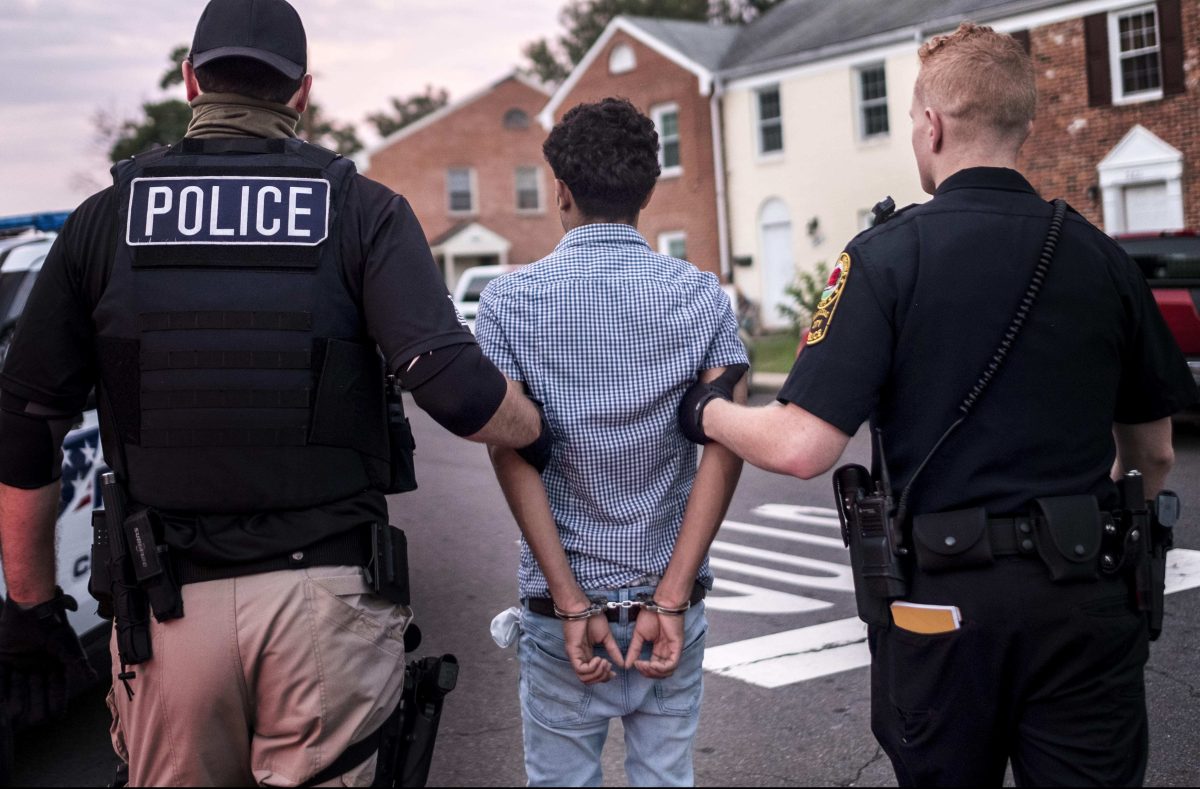Honduran Bryan Erazo, 23, knew he needed to leave his country when MS-13 gang members invaded his home and attacked his family, killing his grandmother and wounding his mother. Erazo, who has a wife and three-year-old daughter, believed that the notorious gang might try to kill him to shut him up. So he fled.
According to the Norwegian Refugee Council (NRC), 19,000 Hondurans have been displaced by violence. As a nation, Honduras only has nine million people. The U.N. Refugee Agency (UNHCR) reports that asylum applications for Hondurans have increased by 1,400 percent since 2011. But where do those fleeing MS-13 go?
President Trump has vowed to not back down from his “zero tolerance” policy for migrants at the border. And a new ruling by Jeff Sessions seeks to make refugee status dependent on persecution by state actors, as opposed to organized crime groups like MS-13, writes The Daily Beast. Under this new ruling, many asylum seeks are being declined before they can make their case in front of a judge.
“I miss my wife and family. I miss everybody. But I can’t go back,” Erazo said to The Daily Beast. He is currently in Panama, waiting for his asylum application to run its course . “If I have to leave here I don’t know what I’m going to do.”
Thanks for reading InsideHook. Sign up for our daily newsletter and be in the know.


















